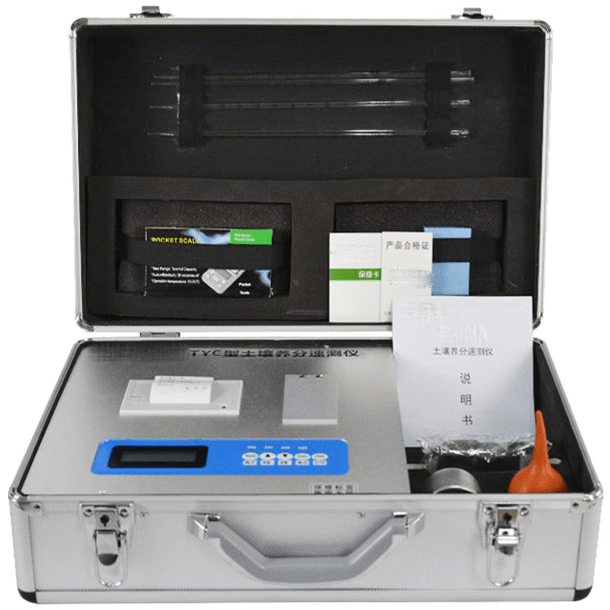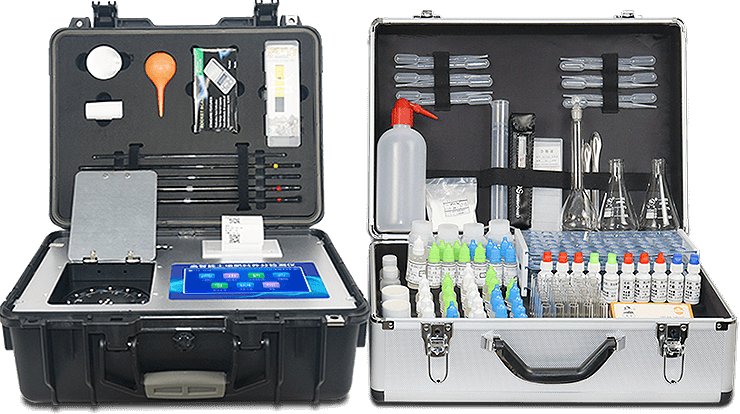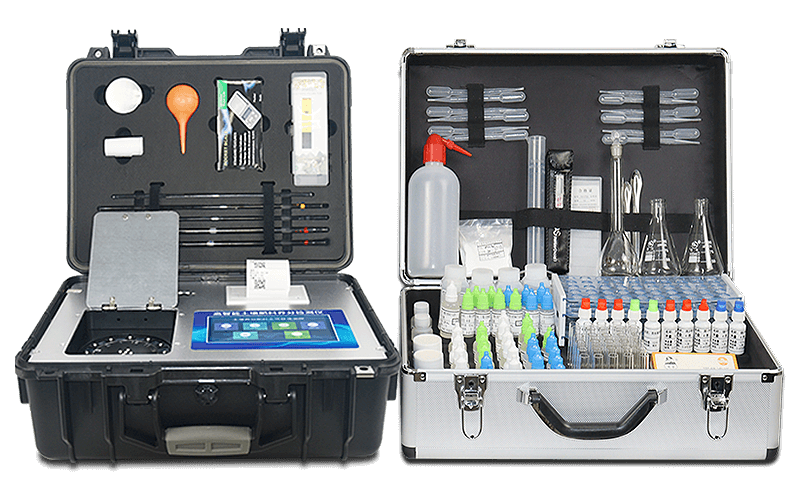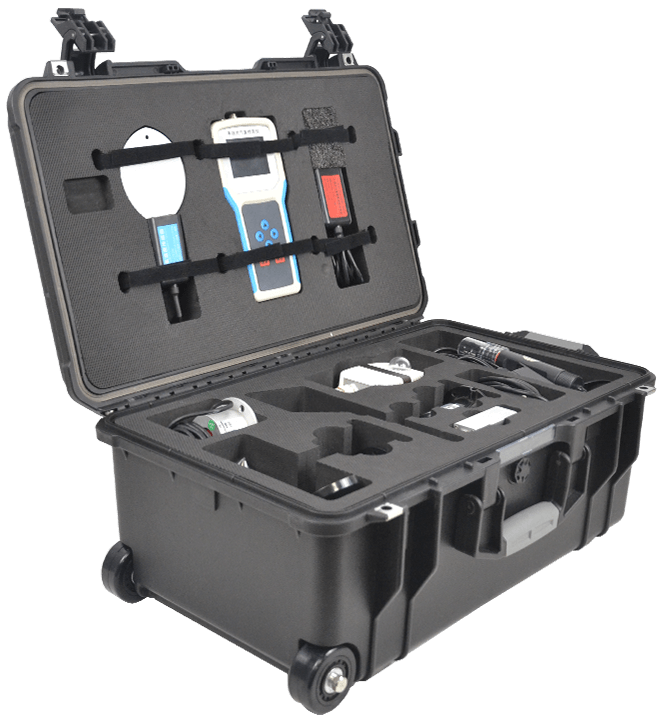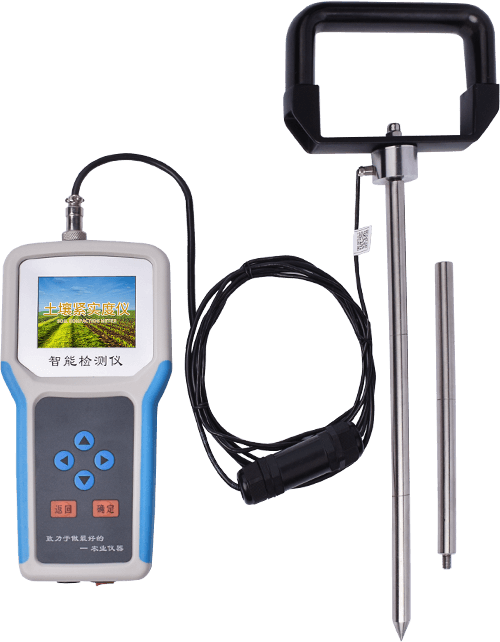
Soil Penetration Resistance Tester
- Product Number:LD-JSD-2
- Product Difference:Split-type, color screen main unit, predicts soil bearing capacity, tillage properties, and resistance to root growth
Product Introduction
The Soil Penetration Resistance Tester is a soil moisture monitoring system consisting of a handheld data logger and a compaction sensor. It offers the advantages of easy operation, portability, and rapid, reliable testing, making it unique in its field. Data from the handheld data logger can also be transferred to a computer via a USB cable, allowing historical data to be exported for analysis.
Soil compaction, also known as soil hardness, soil firmness, or soil penetration resistance, is generally measured by the resistance encountered when a metal plunger or probe is pressed into the soil (unit: Pa). Soil compaction refers to the soil's ability to resist compaction and fragmentation under external forces, which is one aspect of soil properties. Additionally, soil physical properties include soil texture, structure, porosity, etc., which are related to soil firmness, plasticity, permeability, drainage, water retention capacity, and the ease of root penetration.
Soil compaction is composed of soil shear strength, compressive strength, and friction strength, serving as a composite indicator of soil strength.
When a metal plunger or probe is pressed into the soil, two methods are used: dynamic loading and static loading. The measured values differ between the two methods but are related. The shape of the plunger can be conical, flat-headed, spherical, or wedge-shaped, and these shapes also affect the measured values. For the same method, the measured values are primarily determined by soil texture, bulk density, and moisture content, with moisture content having a significant influence.
Soil compaction can predict soil bearing capacity, tillability, and resistance to root growth. The degree of soil compaction affects crop root penetration and growth, making it an important soil physical property indicator used to evaluate soil tillability. Compacted soil can prevent water infiltration, reduce fertilizer utilization, impair plant root growth, and lead to reduced crop yields.
Product Features
Dual-mode intelligent measurement: Supports real-time mode and peak mode dual display, meeting the measurement needs of different scenarios and capturing data more accurately.
Four units freely switchable: kg/cm², LB, N/cm², and Kpa can be converted with a single button, adapting to different domestic and international standards without manual conversion.
Massive Data Storage: Supports storage of up to 100,000 data points. Data can be exported to Excel via USB connection to a computer and automatically generates data trend charts.
Smart Location Analysis: Optional GPS module available, automatically binds measurement data to geographic locations, and constructs a spatial distribution map of soil hardness.
Color display: 2.4-inch color TFT LCD screen with backlighting for clear visibility in bright light, providing more intuitive data presentation.
Three-in-one protection design: IP66 protection rating, resistant to drops, water, and dust, and capable of operating normally in extreme environments from -20°C to 70°C.
Extended battery life: Rechargeable battery with a continuous operating time of 10 hours, ensuring worry-free use in field operations.
Product parameters
| Display | 2.4-inch color TFT LCD | |
| Interfaces | ① Power connector: 5.5×2.5/2.1, ② USB interface: Connects to a computer, ③ Aviation connector: RS485 | |
| Storage | High-capacity FLASH memory, capable of storing 100,000 data points, with automatic storage intervals adjustable from 1 second to 180 seconds | |
| Battery | 12V 2500mAh lithium battery, operating time 10 hours, charging time 3 hours | |
| Export | Connect to a computer via USB cable to export Excel spreadsheets | |
| Unit | kg/cm², LB, N/cm², kPa | |
| Soil Compaction Sensor | Range | 0–100 kg |
| Sensitivity | 2.0 ± 0.1 mV/V | |
| Overall Accuracy | 0.1% F∙S | |
| Repeatability | ±0.05%F∙S | |
| Operating temperature | -20~+70℃ | |
| Probe Material | Stainless Steel | |
| Input Impedance | 735 ±35Ω | |
| Output Impedance | 700±3Ω | |
| Non-linearity | ±0.05% F.S. | |
| Sealing Rating | IP66 | |
| Excitation Voltage | 5–12 VDC | |
| Cable | φ3 × 2000 mm | |

 +86 19353291814
+86 19353291814
 +86 19353291814
+86 19353291814